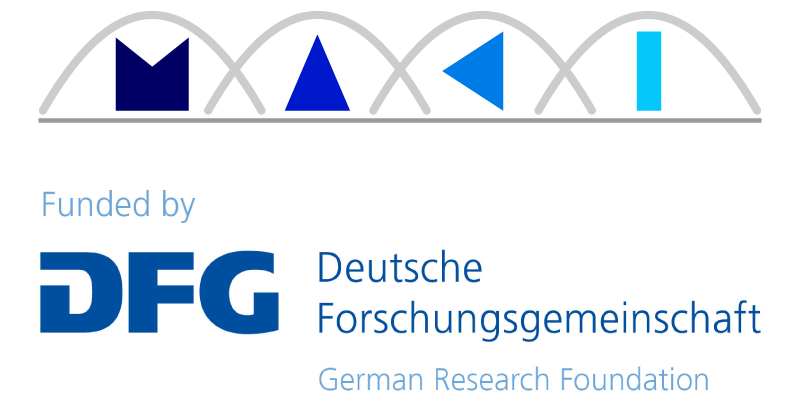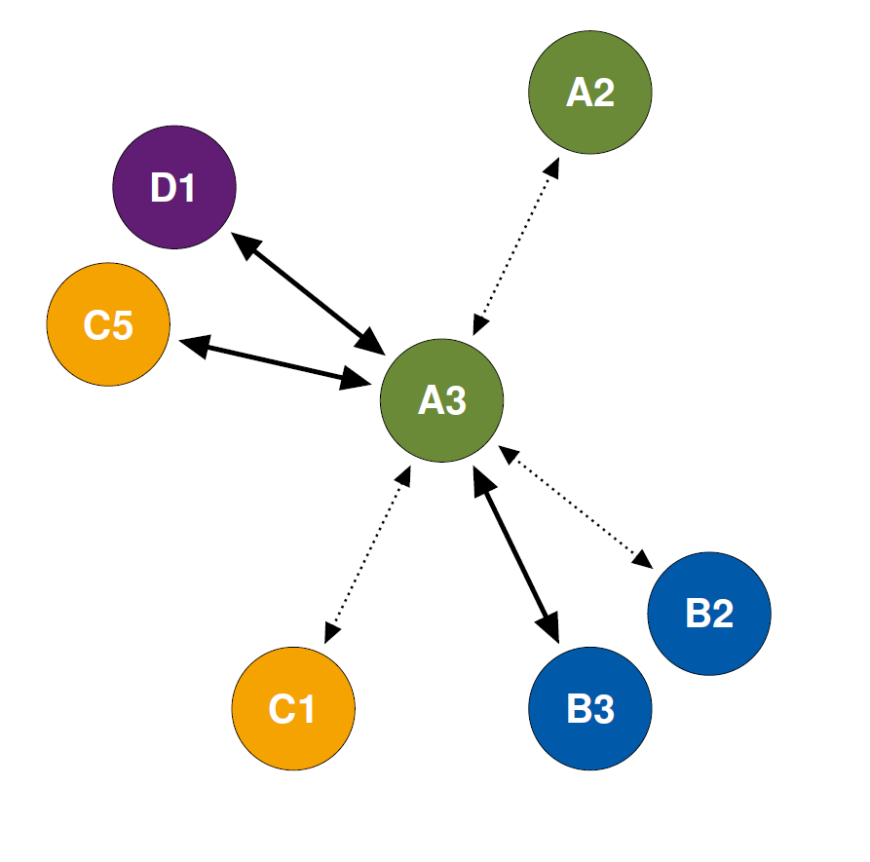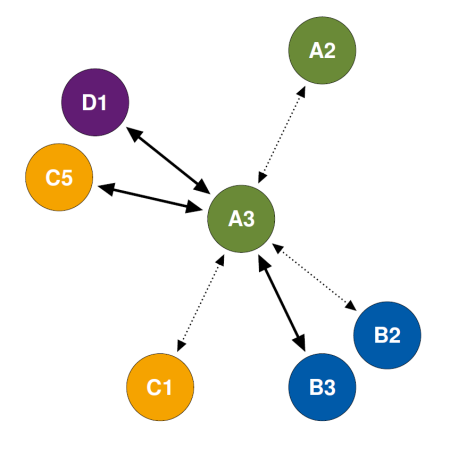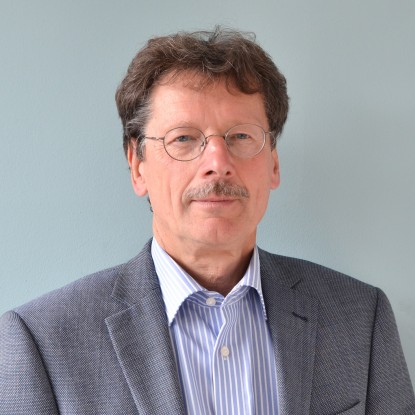Today's communication systems support a large number of applications and depend on the interplay of mechanisms on all network layers for optimal service provision. Adaptation of a communication system to changing conditions can be achieved by means of targeted transitions between mechanisms. A transition takes place whenever a switch from a mechanism MA to a second, semantically similar mechanism MB promises an optimization of the network. To realize such a transition as efficiently as possible, the migration of network state information is carried out between the mechanisms MA and MB, with the goal of achieving seamless transitions – network state information includes internal system states of the mechanisms, the descriptive metadata, configuration parameters, and monitoring data, as well as the history of this information. Furthermore, the influences of a transition on the communication system are investigated so that these can be recognized, evaluated, and taken into account in advance.
In Phase I of MAKI, the focus of subproject A3 was on the investigation and development of approaches for the migration of network state information for transport and network layer mechanisms, and for network functions. For this purpose, the influences of selected transitions on the communication system were investigated. Currently, Internet and SDN mechanisms as well as network functions manage network state information per mechanism. The resulting isolated information (information silos) prevents that other mechanisms gain access to this information and thus makes generic transition support more difficult. The main contribution of subproject A3 was therefore a generalized approach for the collection, storage, transformation and reuse of network state information across mechanisms, protocols and system boundaries, which provides generic transition support. The functionality and performance of the proposed approach was demonstrated experimentally both for mechanisms in the Internet, as well as for SDN systems and network functions. The resulting service for the collection and management of network state information, STEAN (A Storage and Transformation Engine for Advanced Networking Context), was realized prototypically and tested in several applications.
The overall objective of subproject A3 in Phase II of MAKI is to utilize the migration of network state information via a novel design methodology in a proactive and software-defined manner for the optimization of transitions in end systems and in the network. Proactivity and software-defined operation are realized by passing the communication demands of applications to a software-defined network controller at the beginning of their execution, which then carries out corresponding transitions, taking account of current network status information. The functionality of STEAN will be significantly extended with respect to the consideration of application demands and the conception of software-defined methods. This allows, on the one hand, end systems and applications to be included in the optimization of transitions and, on the other hand, the use of appropriately extended software-defined networks for conflict resolution in scenarios with competing rcommunication demands of different application classes and the associated coexistent multi-mechanisms.
The thematic focus of subproject A3 in Phase II is on mobile applications (apps) as well
software-defined wireless networks (SDWN). In particular, new approaches will be investigated to provide an optimal network for a mobile app. For this purpose, the communication behavior of mobile apps will be analyzed in order to identify classes of communication patterns and their meaning for transitions and network state migrations. The identified classes of communication patterns are mapped to optimal, existing or newly generated mechanisms, so that in case of a change between classes of communication patterns, by taking into account current network status information, proactive changes between the mapped mechanisms, i.e, transitions, take place. The network state information collected in STEAN is used to perform actions related to optimal transitions to support given communication patterns either locally through an end system (e.g., for modulation, channel access, buffer management) or system-wide via SDWN interactions (e.g., routing, resource reservation). Furthermore, new conflict resolution methods will be developed for competing demands of such communication patterns and the associated co-existent multi-mechanisms. These are, on the one hand, based on the virtualization of resources and, on the other hand, on newly developed SDWN functionality for fair resource allocation.
To summarize, subproject A3 investigates approaches for the innovative utilization of application demands and network state information for efficient transition support using software-defined methods for wireless networks. It provides contributions to proactive transitions, to software-defined communication systems and to solving resource conflicts of coexistent multi-mechanisms.







